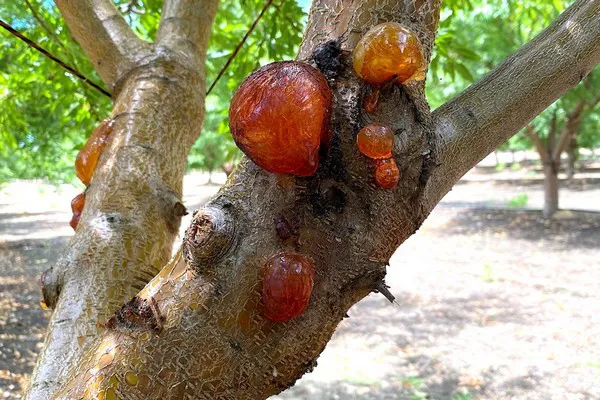Amid strengthening El Niño conditions and heavy rainfall, almond farmers in California are being warned about Phytophthora, a rare disease that can cause serious harm to their orchards. Florent Trouillas, a University of California Cooperative Extension specialist, has advised farmers to be on the lookout for this disease.
Phytophthora are soilborne microorganisms that usually cause root and crown rot at the tree base. However, some aerial Phytophthora can ascend and infect the tree's upper parts. Last winter, an unprecedented outbreak of Phytophthora syringae occurred due to the atmospheric rivers that hit California.
While the disease doesn't kill the tree, it causes branch dieback requiring additional work and expense for almond farmers. In 2022, almonds were California's fourth-highest valued commodity, valued at $3.52 billion.
During the last outbreak, researchers noted that P. syringae was directly infecting young almond tree shoots, a new and worrying development. Growers are advised to prune during dry weather, monitor their trees, and apply mitigating treatments if necessary.
Despite being generally rare, P. syringae outbreaks have traditionally been associated with wet El Niño years. With recent and persistent rain across the state, almond growers should be on high alert.
Source: ucanr.edu

